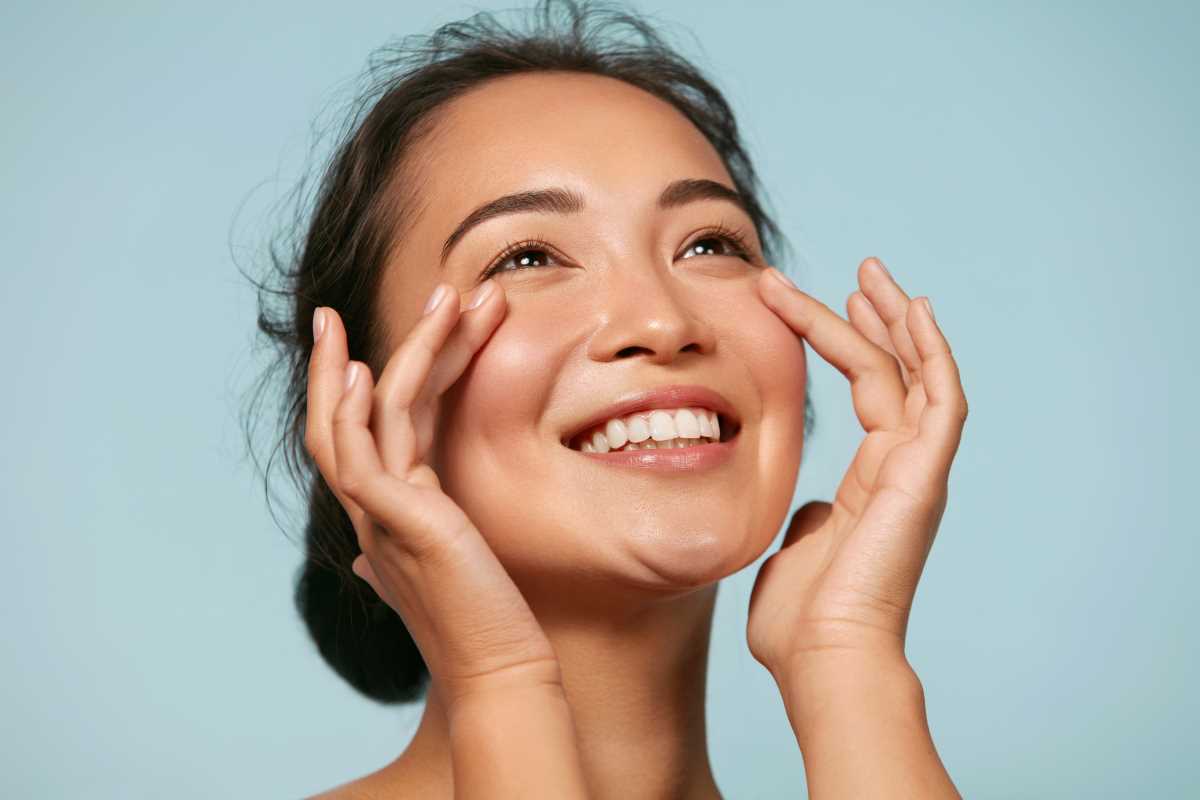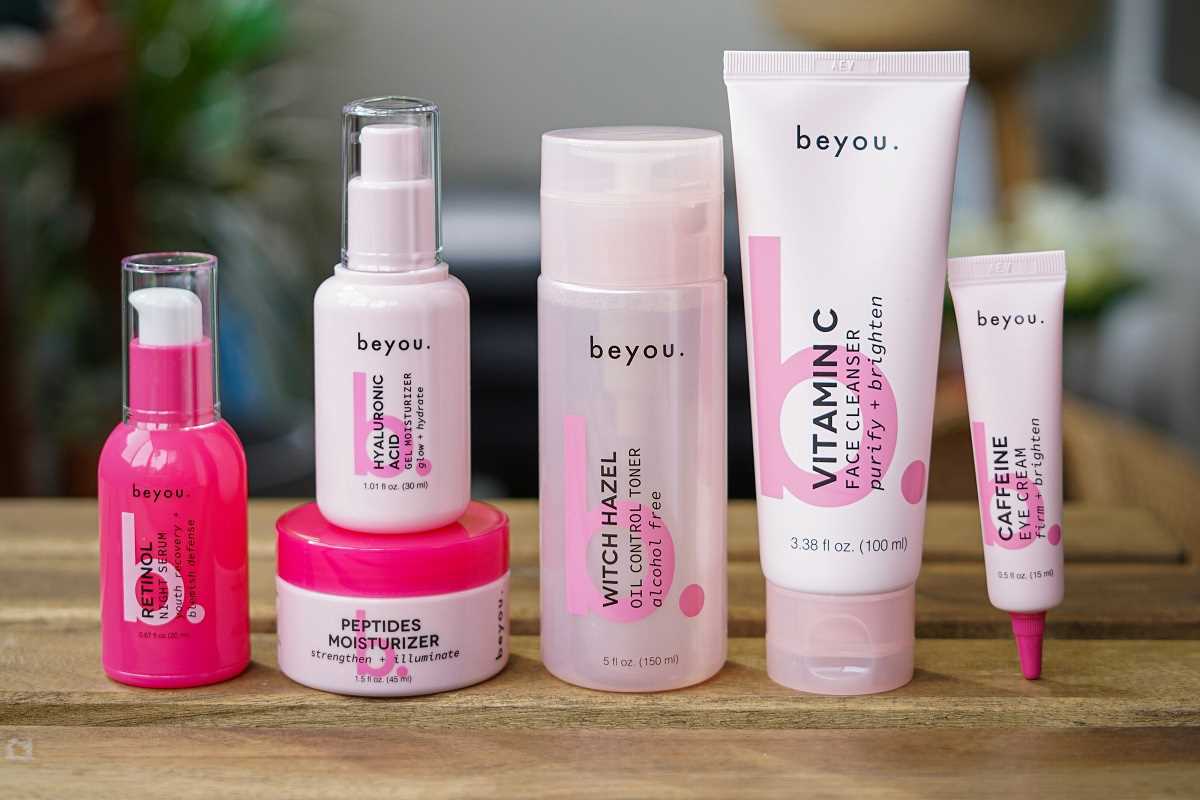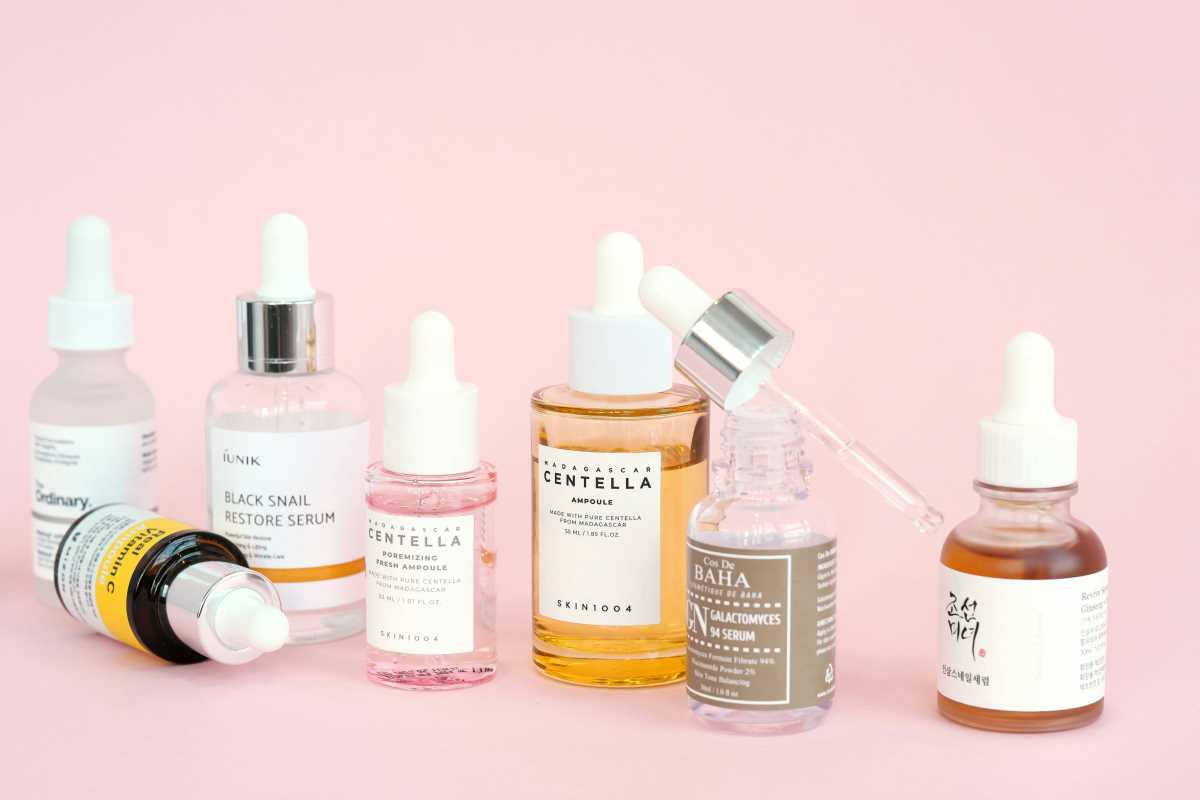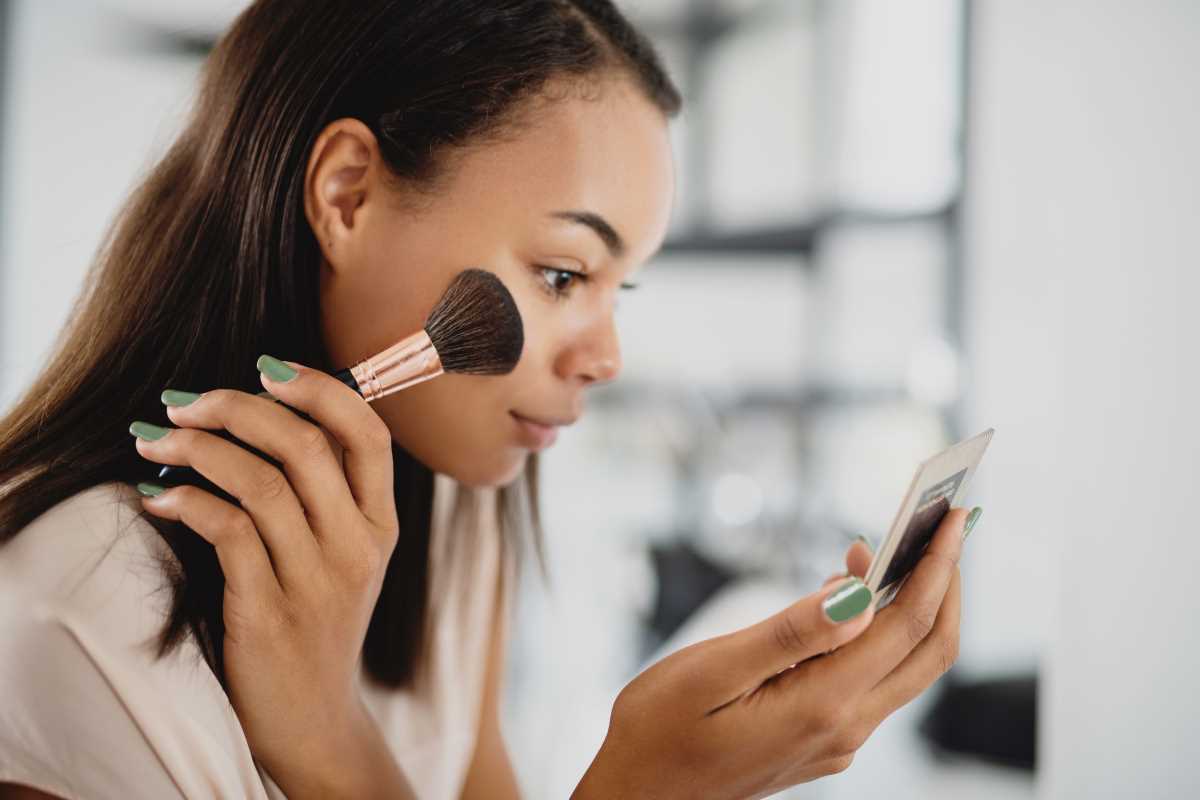Pores are a natural part of our skin, but when they become enlarged or clogged, they can cause frustration for many people. Seeking professional advice on reducing pore size can help you achieve smoother, clearer skin. Here are some expert tips on managing pores effectively, along with information on how frequently to implement these strategies and when they are most appropriate.
Exfoliation is Key
Exfoliation plays a crucial role in pore care. Regular exfoliation helps remove dead skin cells that can clog pores and make them appear larger. Opt for a gentle exfoliator containing salicylic acid or glycolic acid, which are both effective in unclogging pores and refining skin texture. However, it's important not to over-exfoliate, as this can lead to skin irritation and worsen pore issues.
Frequency: For most skin types, exfoliating 2-3 times a week is ideal. If you have sensitive skin, you may want to limit exfoliation to once a week. Start slowly, especially if you're new to chemical exfoliants, and gradually increase the frequency as your skin builds tolerance.
When to Start: Exfoliation can be beneficial at any stage in life, but it becomes increasingly important as we age because cell turnover slows down with age. Teenagers and young adults may also benefit from regular exfoliation, especially if they are prone to acne, which can lead to clogged pores.
Professional Treatments
For those looking to see significant improvements in pore size and overall skin texture, professional treatments can be a game-changer. Treatments such as microdermabrasion, chemical peels, and laser therapy are designed to remove dead skin cells, stimulate collagen production, and refine the skin's surface, leading to smaller-looking pores over time.
Frequency: The frequency of professional treatments depends on the type of treatment and your skin’s needs. For example, chemical peels may be recommended every 4-6 weeks, while microdermabrasion might be done every 2-4 weeks. Laser treatments are typically spaced out over several months.
When to Start: Professional treatments can be considered once you've established a basic skincare routine and are looking for more dramatic results. People in their late 20s and 30s often begin these treatments to address early signs of aging, but they are suitable for adults of any age who are concerned about pore size and skin texture.
Skincare Products
Incorporating targeted skincare products into your daily routine is another effective way to manage pore size. Look for products containing niacinamide, retinol, or vitamin C. These ingredients help tighten pores, improve overall skin tone, and boost skin elasticity. Consistency is essential when using these products, as the benefits accrue over time.
Frequency: These products should be used daily, with retinol typically being used at night and niacinamide or vitamin C in the morning. If you're new to retinol, start with a lower concentration and gradually increase its use to avoid irritation.
When to Start: Targeted skincare products can be introduced into your routine in your mid-20s when the first signs of aging, like decreased collagen production, begin to appear. However, those with oily or acne-prone skin may benefit from using niacinamide and other pore-minimizing products even earlier.
Hydration and Sun Protection
Keeping your skin well-hydrated and protected from the sun is fundamental for overall skin health, including maintaining the appearance of your pores. Dehydrated skin can produce excess oil, leading to clogged pores. On the other hand, sun damage can reduce the skin's elasticity, making pores appear larger.
Frequency: Drink plenty of water daily—aim for at least 8 glasses—and apply a broad-spectrum sunscreen with at least SPF 30 every morning. Reapply sunscreen every two hours if you are outdoors, and use a moisturizer tailored to your skin type twice a day, morning and night.
When to Start: Hydration and sun protection should start as early as possible, ideally from childhood. These habits are key not only for maintaining small pores but also for preventing premature aging and skin cancer.
Healthy Lifestyle Habits
Adopting healthy lifestyle habits can significantly impact the health and appearance of your skin. A balanced diet rich in antioxidants, regular exercise, and adequate sleep all contribute to a healthier complexion. These habits help reduce inflammation, regulate oil production, and improve overall skin health, which can help minimize the appearance of pores.
Frequency: Maintain these healthy habits daily. Aim for a balanced diet, at least 30 minutes of moderate exercise most days of the week, and 7-9 hours of quality sleep each night.
When to Start: It's never too early or too late to adopt a healthy lifestyle. However, the earlier you start, the more long-term benefits you’ll see, not just in your skin but in your overall health.
Consulting a Dermatologist
If enlarged pores continue to be a concern despite your best efforts, consulting a dermatologist is a wise step. A dermatologist can assess your skin type and recommend tailored treatments or products that may be more effective than over-the-counter options.
Frequency: How often you see a dermatologist depends on your skin's needs. For those with persistent skin issues, quarterly visits might be necessary. Others may only need an annual check-up.
When to Start: Consider seeing a dermatologist if you're struggling with enlarged pores or other skin concerns that aren't improving with your current routine. Regular visits can also help with early detection of skin conditions and maintaining overall skin health.
A Combination of All Leads to Best Results
Managing pore size and achieving smoother skin is possible with the right combination of at-home care, professional treatments, and healthy lifestyle choices. Consistency is key—regular exfoliation, daily skincare, and sun protection, along with periodic professional treatments, can make a significant difference over time. Remember, everyone’s skin is unique, so finding the right routine for your needs and consulting with professionals when necessary will help you achieve the best results.
 (Image via
(Image via





